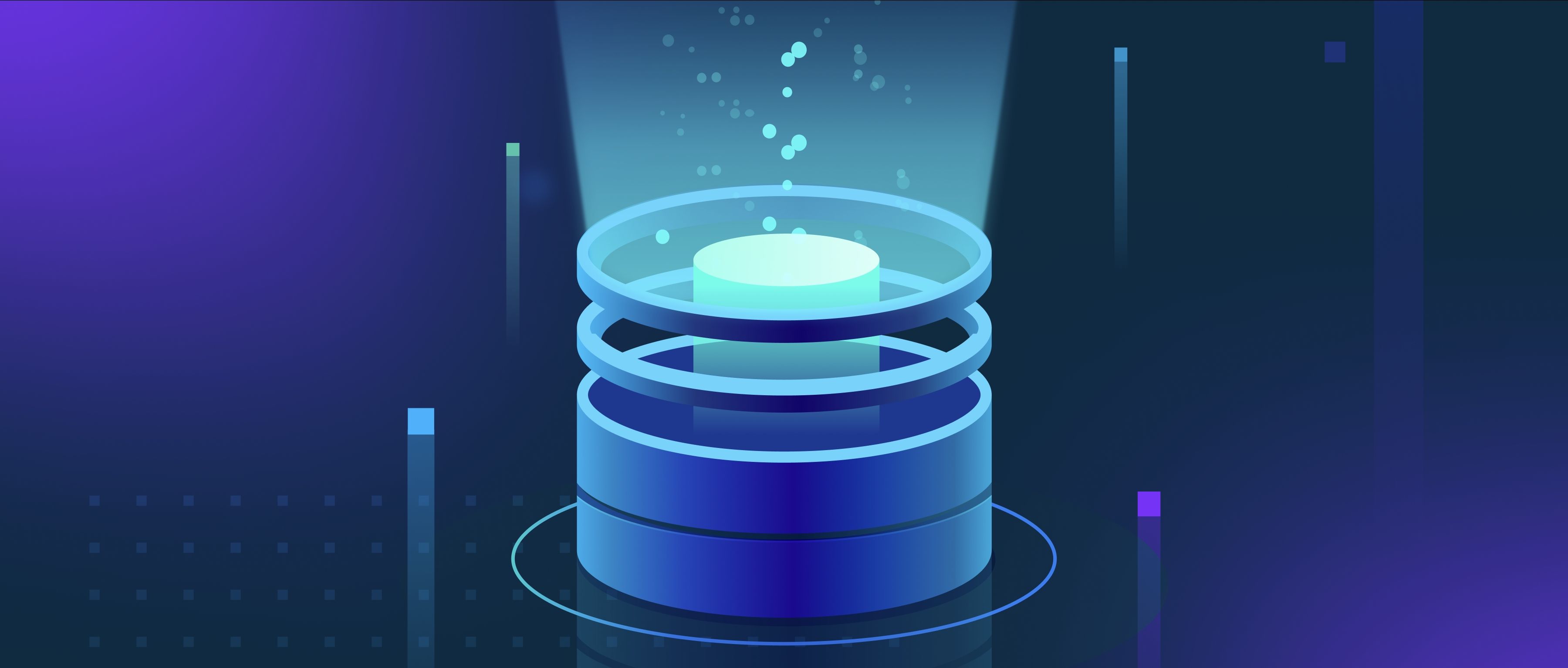ARIMA models have several limitations, starting with their assumption of linear relationships in data. They struggle to capture complex, nonlinear patterns that are common in real-world datasets, such as stock prices influenced by market sentiment or demand affected by unpredictable events. ARIMA is most effective for datasets with clear linear trends and seasonality. Another limitation is the requirement for stationarity. Time series data often exhibit trends or seasonality, requiring preprocessing like differencing or seasonal adjustments before applying ARIMA. While this ensures the model works correctly, it can be time-consuming and may not always yield a truly stationary series. ARIMA also requires manual selection or fine-tuning of parameters (p, d, q), which can be challenging. Although tools like auto_arima automate this process, they may not always provide optimal results. Moreover, ARIMA does not handle missing values well, and its forecasting horizon is limited; predictions become less accurate as the horizon extends, making it unsuitable for long-term forecasts.
What are the limitations of ARIMA models?

- AI & Machine Learning
- Accelerated Vector Search
- Vector Database 101: Everything You Need to Know
- Evaluating Your RAG Applications: Methods and Metrics
- How to Pick the Right Vector Database for Your Use Case
- All learn series →
Recommended AI Learn Series
VectorDB for GenAI Apps
Zilliz Cloud is a managed vector database perfect for building GenAI applications.
Try Zilliz Cloud for FreeKeep Reading
How does collaborative filtering work in recommender systems?
Collaborative filtering is a popular technique used in recommender systems to suggest items to users based on the prefer
How do multi-agent systems handle multi-objective optimization?
Multi-agent systems (MAS) tackle multi-objective optimization by allowing multiple independent agents to work collaborat
What is the difference between reactive and proactive AI agents?
Reactive and proactive AI agents differ mainly in how they respond to their environment and make decisions. Reactive age